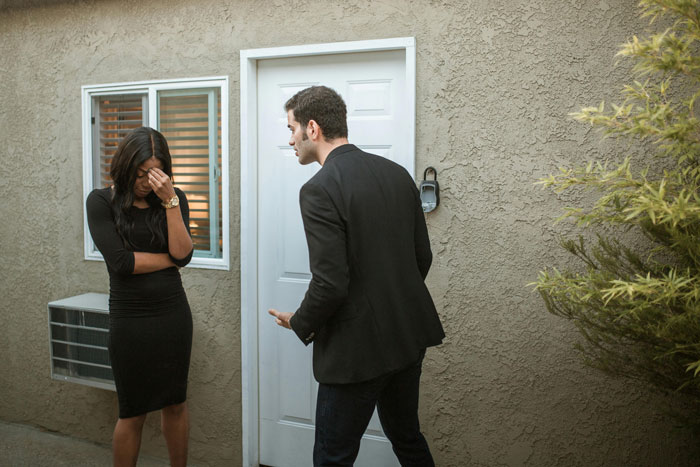Woman Wants Nothing To Do With Ex-Husband’s New Family, Tells Him As Much, He Whines About It
In the complex landscape of post-divorce co-parenting, tensions can arise when expectations about familial roles and relationships diverge. A recent incident highlights the challenges faced when one parent anticipates integration of new family members into existing familial structures, while the other maintains firm boundaries due to past emotional trauma.
The situation escalated during a school meeting, where the father expressed dissatisfaction over perceived neglect of his new children by his ex-wife’s extended family. The mother’s candid response—that these children are not part of her family—underscores the emotional complexities and differing perspectives on blended family dynamics.
Life after a devastating divorce is difficult enough, but this woman’s ex is intent on making it even tougher

He’s started a new family and now expects her to treat his new kids as if they were her own












1. The Impact of Emotional Abuse on Co-Parenting Dynamics
Emotional abuse during a marriage can have lasting effects on post-divorce interactions, particularly in co-parenting scenarios. Victims often establish strict boundaries to protect their well-being, which may include limiting communication to structured platforms and avoiding social interactions beyond necessary co-parenting responsibilities. This approach, known as “parallel parenting,” is recommended when one parent has been abusive, as it minimizes contact and potential conflict .
2. Children’s Adjustment in High-Conflict Divorces
Children exposed to high-conflict divorces are at increased risk for psychological issues, including anxiety, depression, and behavioral problems . Maintaining a stable and conflict-free environment is crucial for their well-being. Introducing new family members into their lives should be handled sensitively, ensuring that the children’s emotional needs are prioritized over the desires of the parents to create a blended family dynamic.
3. Legal Perspectives on Stepchildren and Extended Family Relationships

Legally, stepchildren do not have inherent rights to relationships with their stepparents’ extended families. Any such relationships are typically formed through mutual agreement and emotional bonding, rather than legal obligation . Therefore, expecting an ex-spouse’s family to embrace new children as their own may not align with legal or emotional realities.
4. Establishing Healthy Boundaries in Blended Families
Setting clear boundaries is essential in blended family situations to prevent misunderstandings and emotional distress. This includes open communication about roles, expectations, and the extent of involvement each party is comfortable with. Therapeutic guidance can assist families in navigating these conversations, ensuring that all members feel respected and heard .
In the comments, the vast majority of readers concluded that the woman was definitely not a jerk and that her ex must be hopelessly delusional







In conclusion, the challenges faced in this scenario underscore the importance of respecting individual boundaries and the complexities involved in blending families post-divorce. While the desire to create a unified family unit is understandable, it must be balanced with sensitivity to past traumas and the emotional well-being of all involved, especially the children.


